September 7th & 8th is the annual SOTA Activity Weekend
North America SOTA Activity Weekend is a casual event involving tiny battery-powered radios on mountain summits. It is not a contest but is intended to introduce “Summits on the Air” to newcomers with home stations who try to work summit operators during one or two days. There are no rules regarding power levels, modes or number of bands worked, but please be courteous when more than one station is trying to talk to a SOTA operator on a summit. The SOTA operators have just climbed mountains as high as 14,000 feet; they use low power; and they don’t receive on split frequencies.
Check SOTAWATCH.org to spot who is on which mountain. Summits are numbered, and you can hover your cursor over the number to see the name and point value for each summit. Expect that website to show activity near 7.032, 7.185, 10.110, 14.342, 18.095, 18.155, 21.350, 24.905, 24.155, 28.420, 146.52, 446.00, and 61 Khz up from the bottom of 20, 15 and 10 meters CW. Participants are invited to collect points toward certificates and trophies offered by the eleven-year-old international SOTA group (SOTA.org.UK). As we learned in past years, this is a barrel of fun for both hill climbers and home operators. See you then.
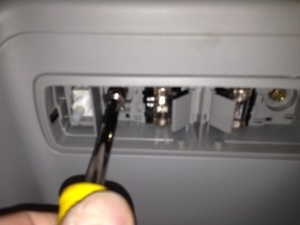
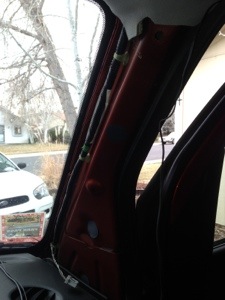
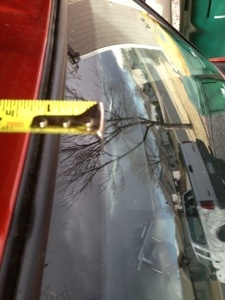
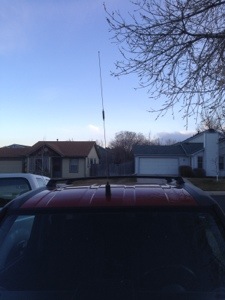
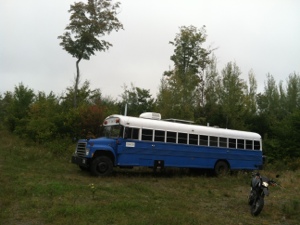
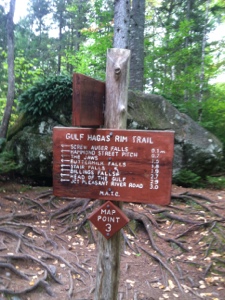
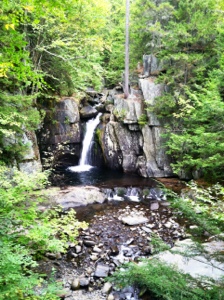
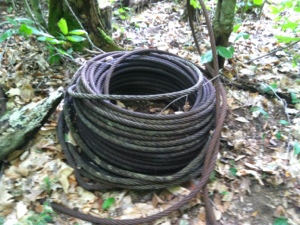
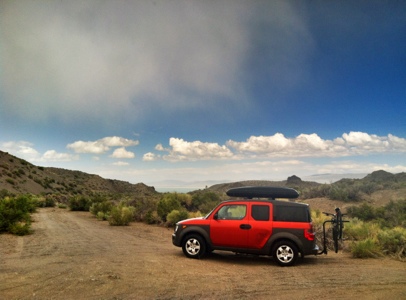
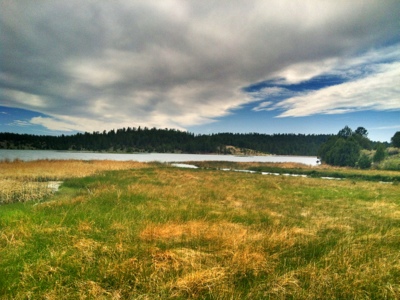
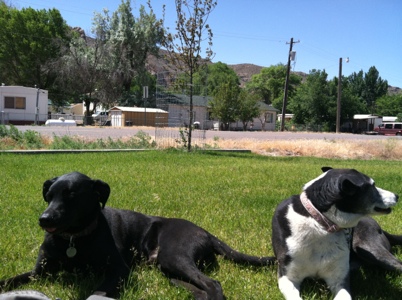
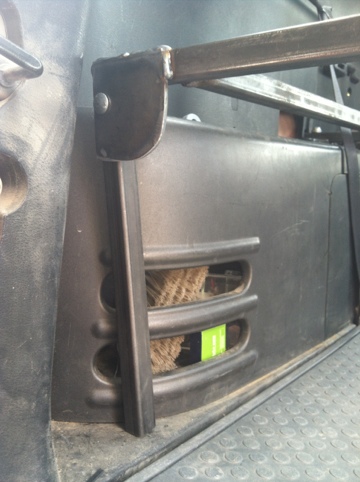
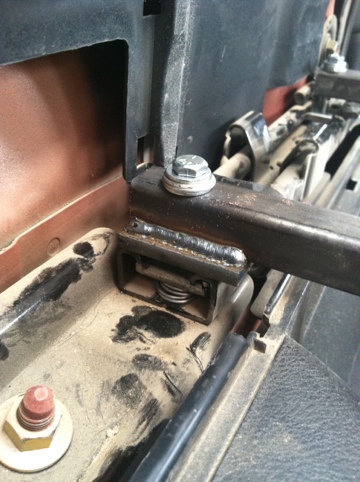
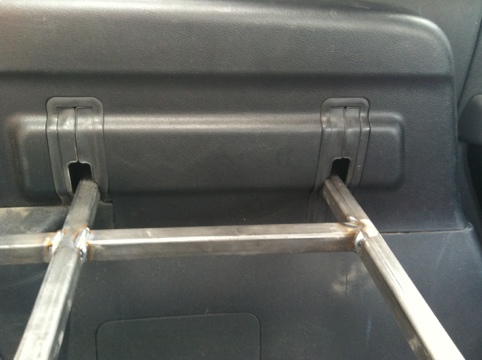
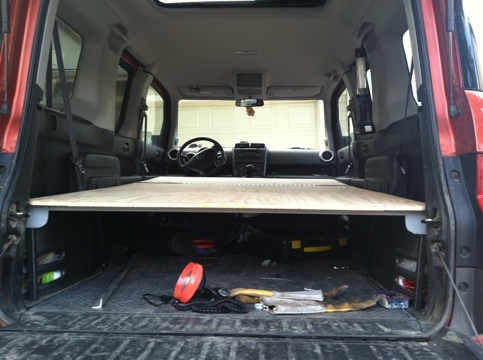
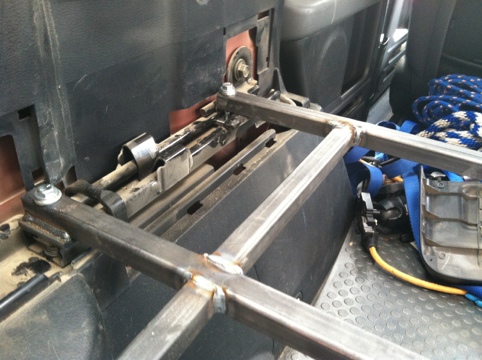
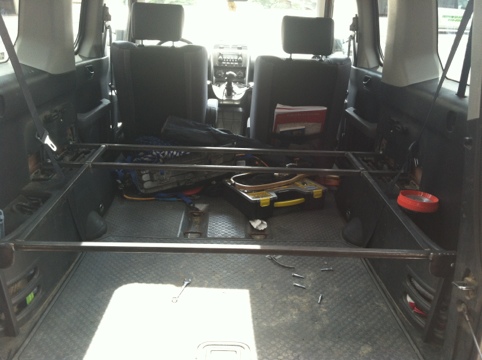
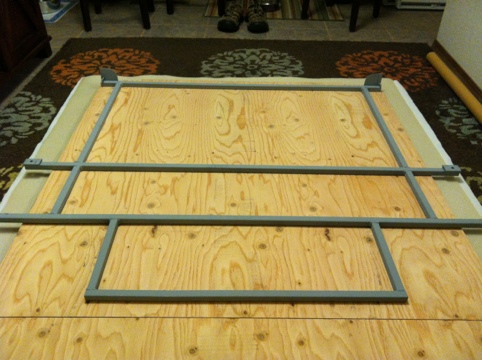
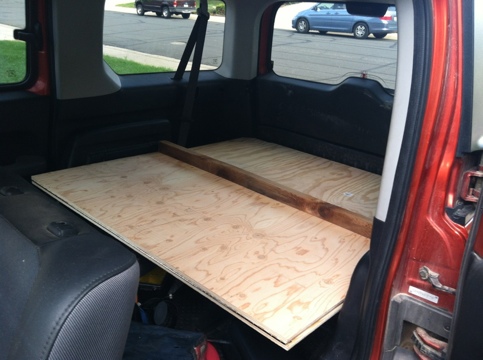
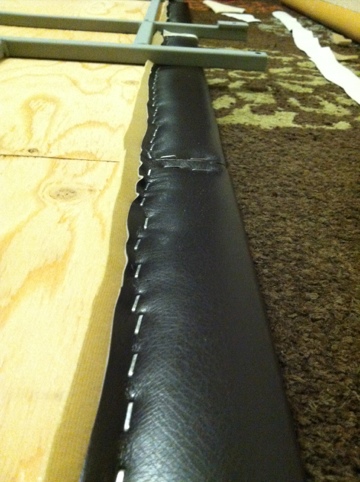
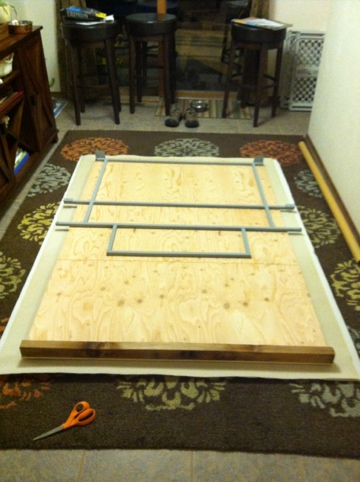
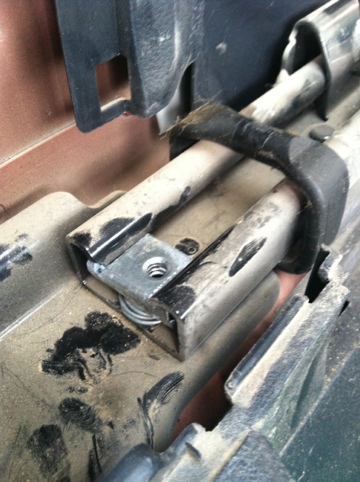
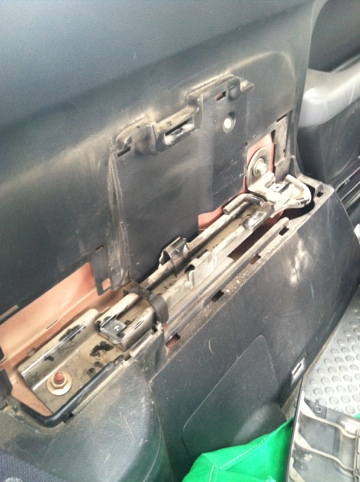
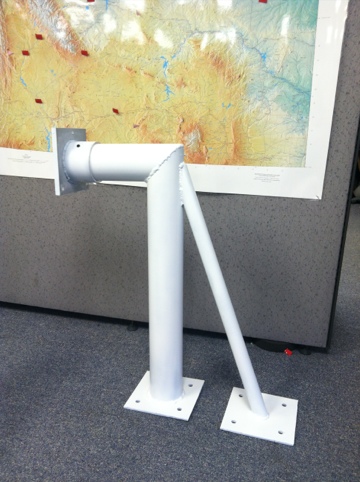
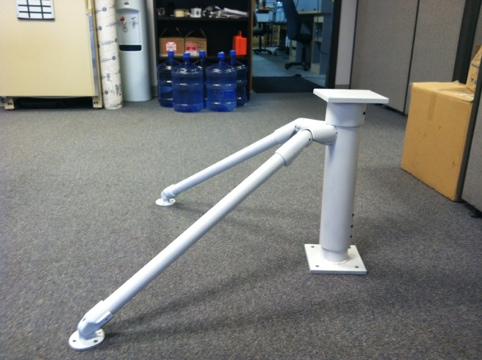






 http://4wdx.com/
http://4wdx.com/ Banjo Hangout
Banjo Hangout